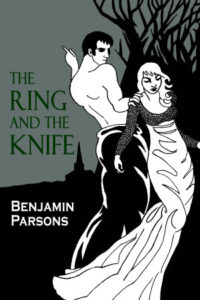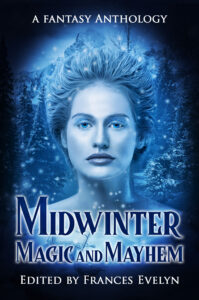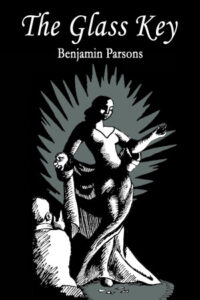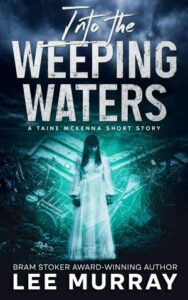 Title: It Happened One Wednesday
Title: It Happened One Wednesday
Author: C M Weller
Publisher: Self-Published
Publication Date: December 24, 2013
Genres: Science Fiction, Historical, Contemporary
Length: 9 pages
Source: I received a free copy from the author.
Rating: 4 Stars
Blurb:
For your consideration, an ordinary girl on a hot, summer’s day. But watch out for the door she’s about to enter, for it leads straight to the past… which is, indeed, another country.
Content Warning: Influenza and racism. I will discuss the latter in my review.
Review:
Get ready for a fun time travel paradox!
No, I can’t tell you what it is, of course, but trying to figure out how the various events fit together when they all needed each other in order to happen in the correct order was amusing. This is one of those things I like the most about time travel tales, and I was glad to have enough time to puzzle about how certain events probably fit into the timeline and why Esperanto was determined to return to such a racist and sometimes dangerous chapter of American history.
I would have loved to see more world building in this short story. Yes, it was modelled heavily on The Twilight Zone and therefore some mystery was to be expected, but from a reader’s perspective I felt a little confused by what was going on and how Esperanto managed to travel so far back into time and what on Earth she hoped to accomplish there. If this had been explained a little better, I would have happily gone for a full five-star rating as this was quite the experience for her.
Social mores can change quite a bit from one generation to the next, but they happen so slowly that the people experiencing them may not always notice right away while the generations to come might be shocked by what things that were normal sixty years ago but are now prohibited by law. Yes, this paragraph is about racism and how the protagonist responded to it. I’ll leave the details of that up to other readers to experience for themselves, but it was refreshing for me as a reader to get a glimpse of the past that doesn’t attempt to whitewash the ugliness in it.
It Happened One Wednesday made me want to know what happened next.

 Title: Heart of Water and Stone
Title: Heart of Water and Stone Title: The Ring and the Knife
Title: The Ring and the Knife
 Title: The Reverse
Title: The Reverse Title:
Title:  Title: The Paean Project
Title: The Paean Project Title: Veterans of Love and War: A First World War Ghost Story
Title: Veterans of Love and War: A First World War Ghost Story Title: The Glass Key
Title: The Glass Key Title:
Title: